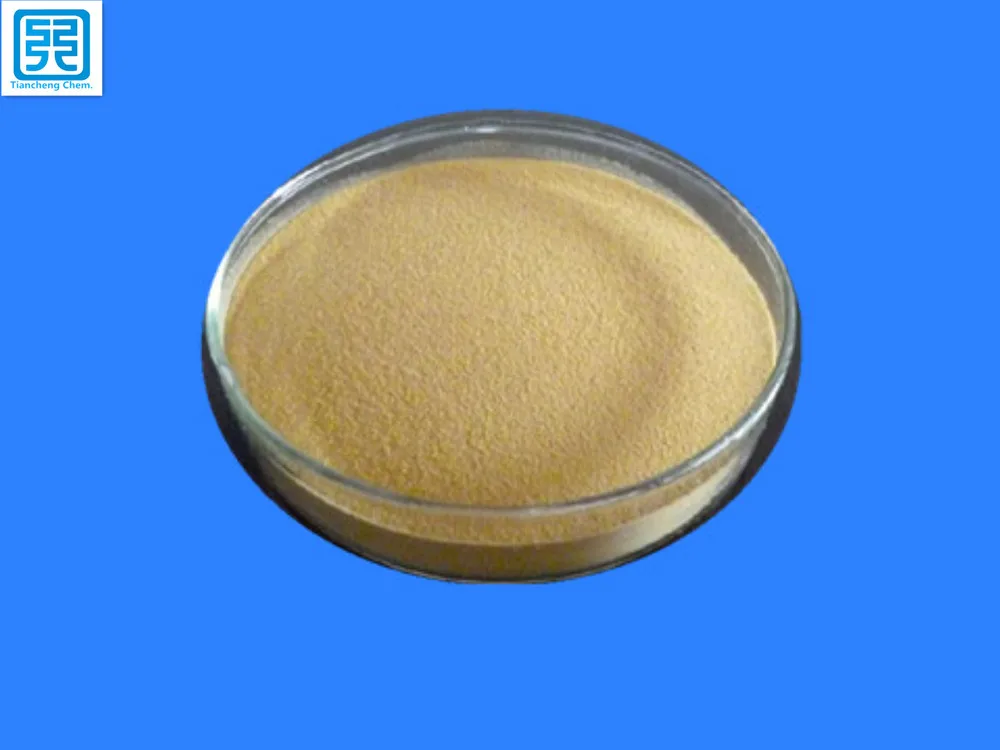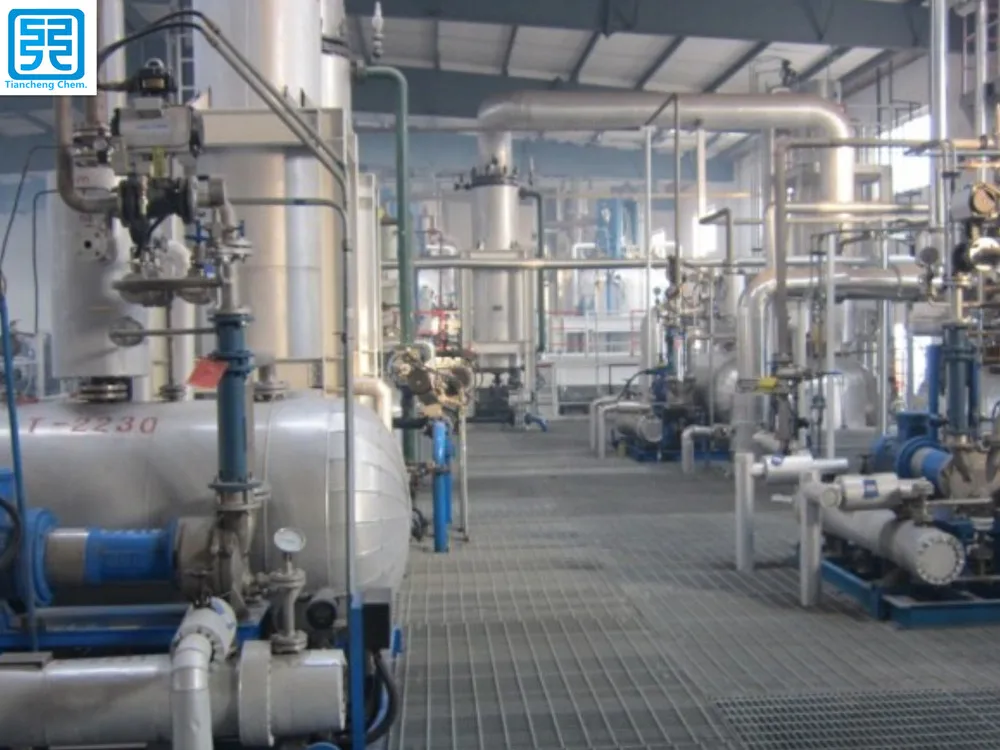Chloramphenicol benzamide and chlorpyrifos compound pesticides are new pesticides developed by China National Rice Research Institute based on the reasonable combination of chlorantraniliprole and chlorpyrifos. They are listed as “100 Chinese Academy of Agricultural Sciencesâ€. Focus on promoting results." The product was developed through a series of indoor bioassays and field trials and screened out a combination of synergistic effects. The components contained in the compound pesticide are 0.5% to 2.5% of chlorantraniliprole and 32.5% of chlorpyrifos. 35%. The product has a co-toxicity coefficient of 310.4~518.0 for Chilo suppressalis, which has the best synergistic effect. In addition, the quick-acting and long-lasting effect of the insecticidal product of the product is relatively good, which can greatly reduce the use cost of the pesticide, and has no adverse reaction to the growth and development of the rice. The product is suitable for the control of Chilo suppressalis, Rice leaf roller, and Rice planthopper, and has good effects. From 2011 to 2012, the product was popularized and applied in the research and demonstration of rice pest control technology in the rice industrial technology system in Zhejiang, Jiangxi, Hunan and other regions, and the control effect on rice aphids and rice leaf roller was good. The cost is 30% to 40% lower than that of chlorantraniliprole alone, and the social and economic benefits are good. It is also reported that the new agricultural antibiotic, baotianmycin, is a new type of agricultural macrolide produced by the Ministry of Agriculture Environmental Protection Research and Development Institute. The strain is identified as a strain of Streptomyces kawaii. S. cavourensis). The chemical structure identification of the product and the national invention patent application have been completed, and it has been listed as “100 Key Promotion Achievements of the Chinese Academy of Agricultural Sciencesâ€. The field efficacy test conducted by the Institute of Vegetables and Flowers of the Chinese Academy of Agricultural Sciences in the greenhouse showed that the product has both antifungal and bacterial functions, and is commonly used in agricultural production such as cucumber sclerotinia, cucumber anthracnose, tomato bacterial spots. The disease has good control effect, especially for the late blight with serious damage on a global scale, showing good development and application prospects. According to the acute oral toxicity test of rats, the product has low toxicity, and the LD50 value of female rats can reach 4,640 mg/kg bw or more. The product can be widely used in the prevention and control of fungi and bacterial diseases in greenhouse vegetables and terrestrial vegetables. From 2008 to 2011, the product was promoted and applied in the vegetable greenhouses of Baodi, Jinghai and Xiqing in Tianjin, with a total area of ​​700 mu, and the prevention and control effect on fungal diseases can reach 75%~ 95%, reducing the amount of chemical pesticides by more than 40%, saving a lot of manpower, material resources and financial resources, significantly increasing the commodity value of greenhouse vegetables.
1. Chemical Composition:sodium methylene bis-naphthalene sulfonate
Affinity: have an affinity for protein and polyamide fibers, for cotton, hemp and other fibers no affinity.
Miscibility: may mix with anionic and non-ionizing surfactant simultaneously.
Items
Indicators
Type
First Grade
Qualified
Appearance
Beige brown powder
Beige brown powder
Dispersancy (Standard substance)
≥100%
≥95%
PH Value (1% water solution)
7-9
7-9
Sodium sulfate content
≤3%
≤5%
Fineness (residuals of 60 mesh/screen)
≤5%
≤5%
Calcium and magnesium ions, Ppm≤
1000
4000
Impurities (non soluble in water)
0.05%
0.10%
3. Application Dispersant N,Dispersant,Dispersing Agent Nno,Dispersing Agent Shandong Tiancheng Chemical Co., Ltd. , https://www.akdchemical.nl
Appearance: beige brown powder
Solubility: soluble in water of any hardness
PH value: in 1% water solution, PH = 7-9
Performance: good diffusion and protective colloid, and no penetration and foaming .
Ion: anionic.
Stability: resistance to acid, alkaline, hard water, salt.

2. Specifications indicators

Printing and dyeing industry: mainly used for dyeing vat dyes suspension, leuco acid staining, dispersion and soluble vat dyes dyeing. Also be used for silk / wool interwoven fabric dyeing, the yarn is no color. Mainly used for industrial dye dispersion and diffusion of color lakes manufacturing additives.
Building materials industry: as early strength cement water reducing agent, the amount of 0.5-1% by cement after the shock has good dispersion effect, increasing the strength of cement. Diffused N of concrete tensile strength, impermeability, frost and compressive modulus of elasticity are improved, no corrosion of steel effect.
Pesticide industry: It can be widely used in wettable pesticides, with good dispersion and solubilization, can significantly improve the efficacy, dosage according to product requirements. Example: buprofezin, the amount of 3-5 %; thiophanate amount of 0.8-1.5 %, 0.8-1 % Kai Ling vegetables.
Electroplating industry: the color is added, crossing pigment dispersants N allows uniform dispersion can significantly improve the plating surface brightness, and the amount is usually 10% of the pigment.
Rubber industry: rubber (latex) of industrial production process, the dispersed substances such as sulfur accelerator, antioxidant zinc oxide fillers ( such as barium sulfate , calcium carbonate ), etc., added to the dry weight of a Dispersing Agent N2-4% , 10% Dispersant solution prepared in advance , and along with the other components in a ball mill grinding , can improve the dispersion effect and shorten the milling time .
Packing: 25kg bags.
Storage: two years and must be upload and download lightly.